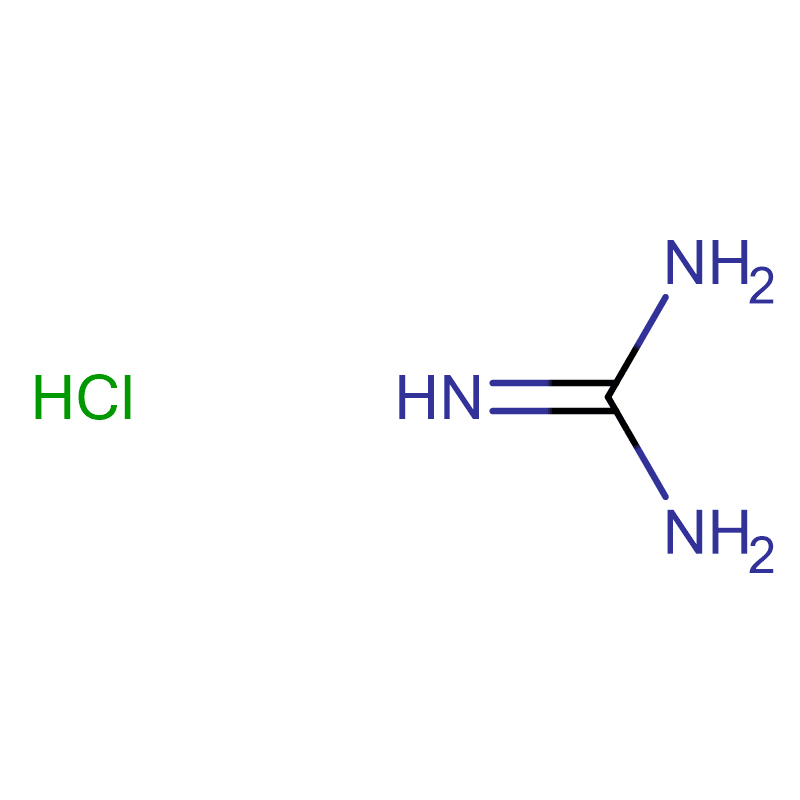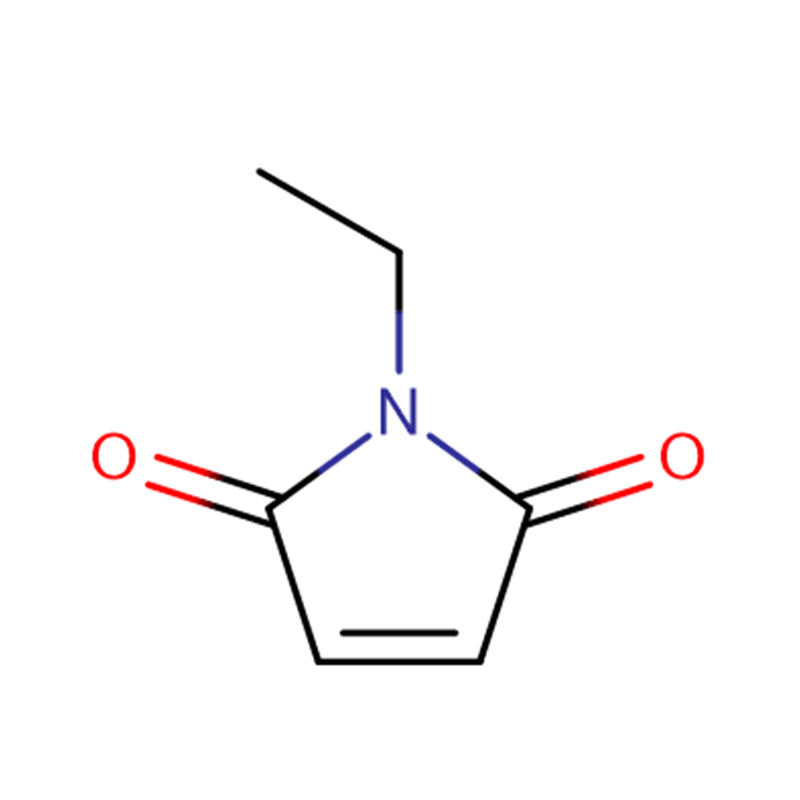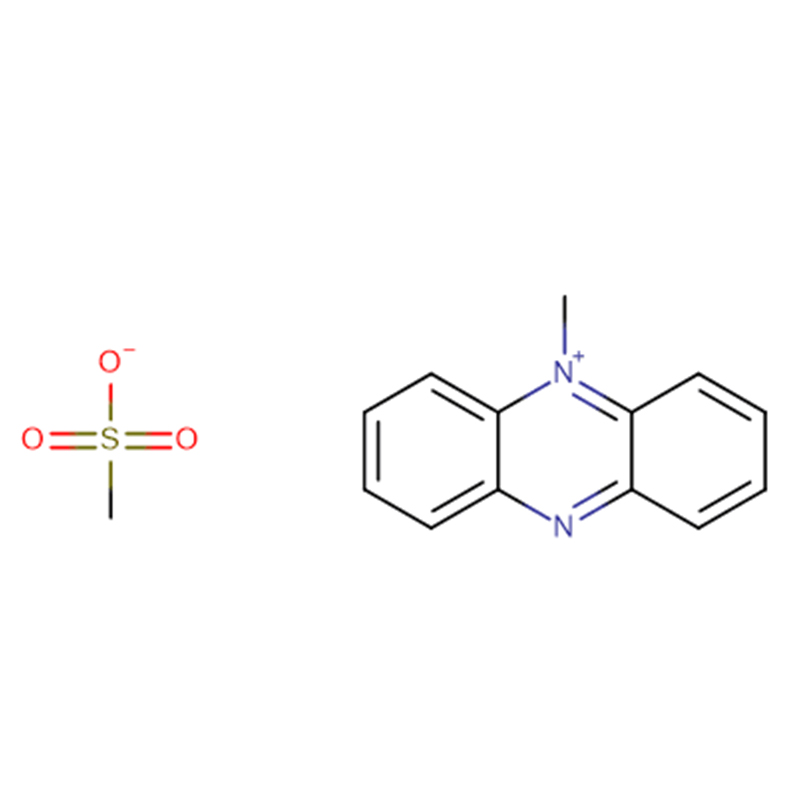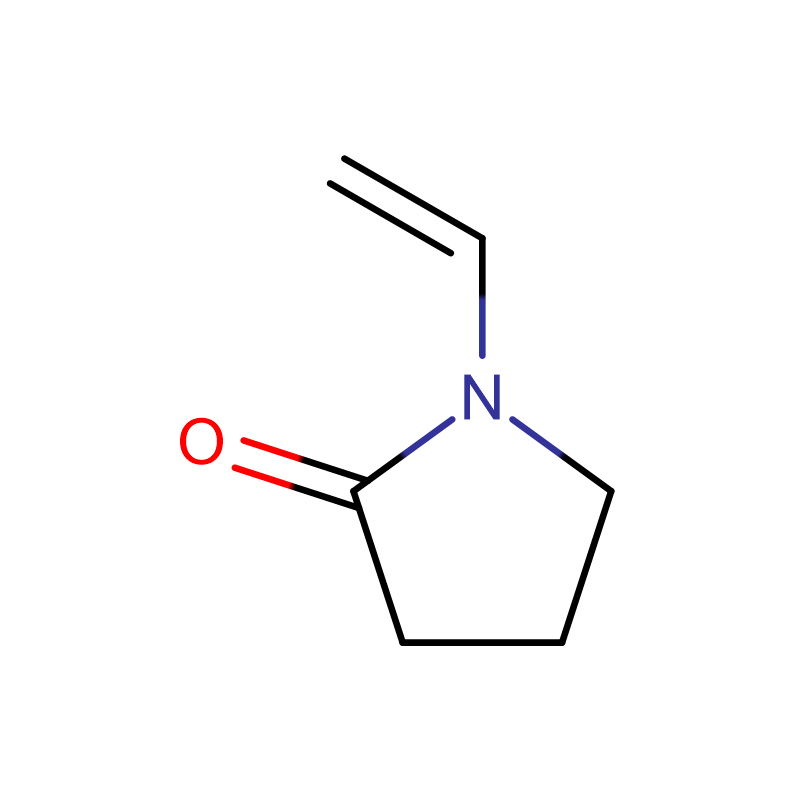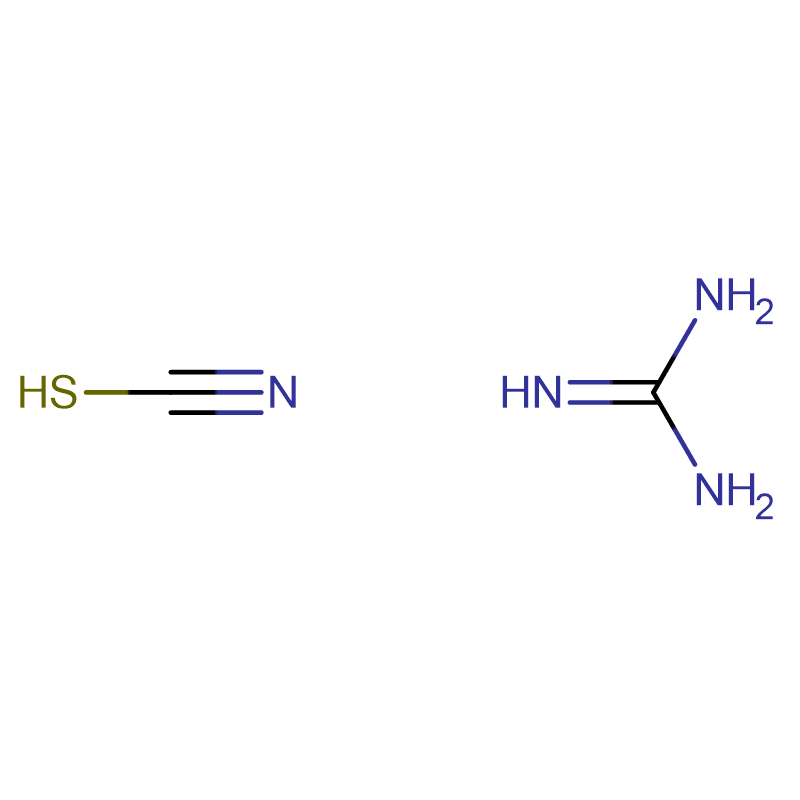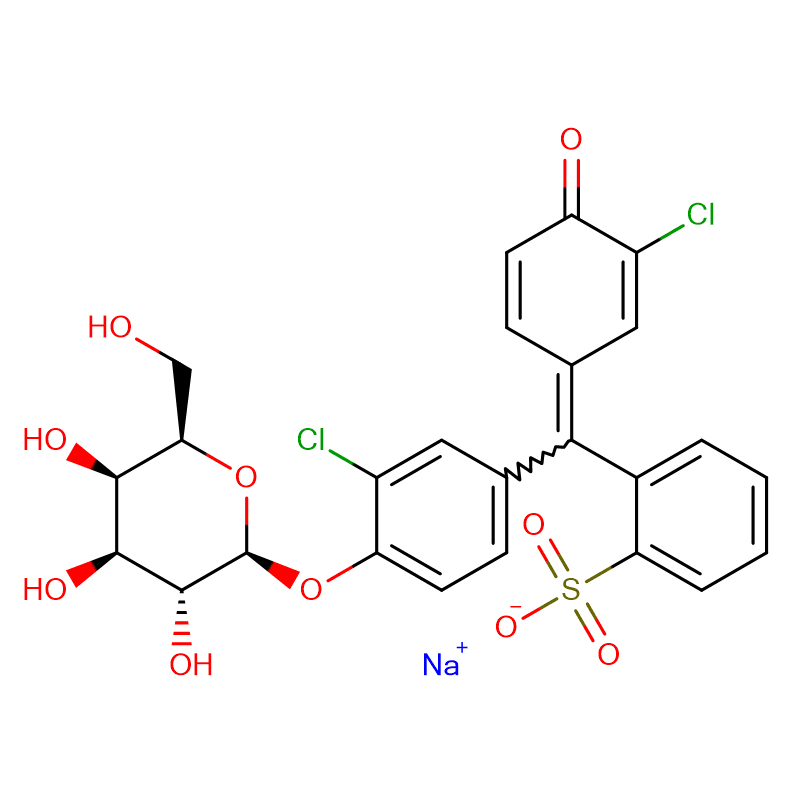Guanidine Hydrochloride Cas: 50-01-1 99% White powder
| Catalog Number | XD90198 |
| Product Name | Guanidine Hydrochloride |
|
CAS |
50-01-1 |
|
Molecular Formula |
CH6N3Cl |
|
Molecular Weight |
95.5388 |
| Storage Details | Ambient |
| Harmonized Tariff Code | 29252900 |
Product Specification
| Melting Point | 185.3 - 187.5 Deg C |
| Water | <0.3% |
| Solubility | Clear colourless solution at 6M in Water |
| Assay | >99% |
| UV Absorbance | 0.10 at 260nm |
| Appearance | White powder |
| IR spectrum | Conforms |
One of the factors preventing clinical application of regenerative medicine to degenerative cartilage diseases is a suitable source of cells. Chondrocytes, the only cell type of cartilage, grown in vitro under culture conditions to expand cell numbers lose their phenotype along with the ability to generate hyaline cartilaginous tissue. In this study we determine that a serum- and growth-factor-free three-dimensional (3D) culture system restores the ability of the passaged chondrocytes to form cartilage tissue in vitro, a process that involves sox9.Bovine articular chondrocytes were passaged twice to allow for cell number expansion (P2) and cultured at high density on 3D collagen-type-II-coated membranes in high glucose content media supplemented with insulin and dexamethasone (SF3D). The cells were characterized after monolayer expansion and following 3D culture by flow cytometry, gene expression, and histology. The early changes in signaling transduction pathways during redifferentiat ion were characterized.The P2 cells showed a progenitor-like antigen profile of 99% CD44(+) and 40% CD105(+) and a gene expression profile suggestive of interzone cells. P2 in SF3D expressed chondrogenic genes and accumulated extracellular matrix. Downregulating insulin receptor (IR) with HNMPA-(AM3) or the PI-3/AKT kinase pathway (activated by insulin treatment) with Wortmannin inhibited collagen synthesis. HNMPA-(AM3) reduced expression of Col2, Col11, and IR genes as well as Sox6 and -9. Co-immunoprecipitation and chromatin immunoprecipitation analyses of HNMPA-(AM3)-treated cells showed binding of the coactivators Sox6 and Med12 with Sox9 but reduced Sox9-Col2a1 binding.We describe a novel culture method that allows for increase in the number of chondrocytes and promotes hyaline-like cartilage tissue formation in part by insulin-mediated Sox9-Col2a1 binding. The suitability of the tissue generated via this approach for use in joint repair needs to be examined in vivo.


